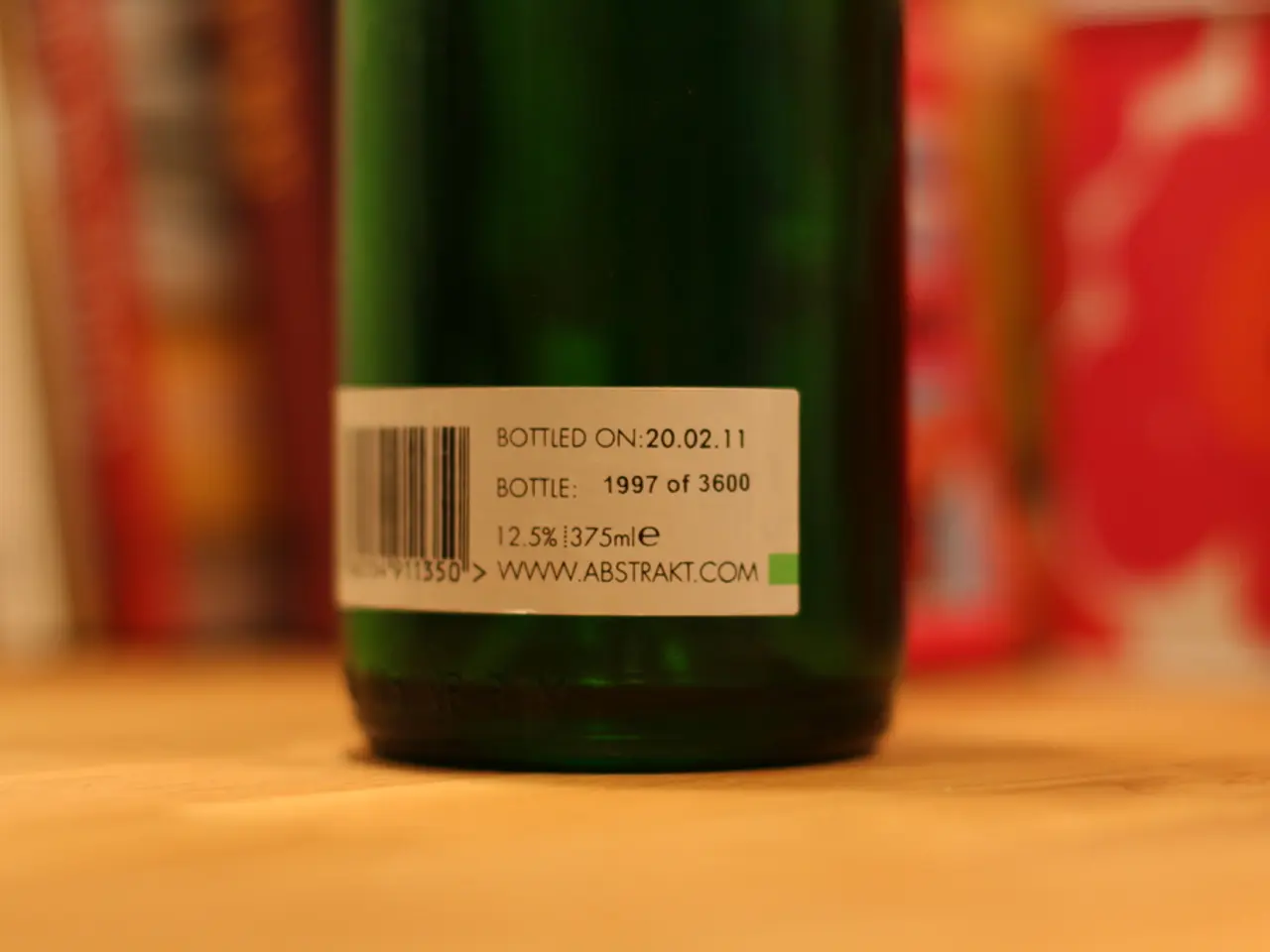Increased levels of HIF are likely to occur due to an excess of a specific enzyme. Discover which enzyme causes this boost.
In the body's response to low oxygen levels, a key transcription factor known as Hypoxia-Inducible Factor (HIF) plays a central role. This article explores the key enzymes involved in the regulation of HIF, particularly the HIF-1α subunit.
Under normal oxygen conditions, prolyl hydroxylase domain proteins (PHDs) are the primary regulators of HIF-1α. These enzymes hydroxylate specific proline residues on HIF-1α, marking it for degradation by the proteasome. Overexpression or increased activity of PHDs enhances hydroxylation of HIF-1α, thereby increasing its degradation and reducing HIF-1α levels.
Conversely, under hypoxic conditions, PHD activity is inhibited, leading to stabilization and accumulation of HIF-1α. In the nucleus, HIF-1α forms a complex with HIF-1β and binds to specific DNA sequences called hypoxia-response elements (HREs) within target genes' promoters, activating hypoxia-responsive genes.
Another posttranslational modification, lactylation of HIF-1α, has been shown to enhance its stability by preventing ubiquitin-mediated degradation, thus increasing HIF-1α levels and transcriptional activity.
The Von Hippel-Lindau protein (VHL) acts as part of an E3 ubiquitin ligase complex that targets hydroxylated HIF-α subunits for proteasomal degradation. Overexpression of VHL facilitates the degradation of HIF-1α.
In addition to PHDs and VHL, increased expression or activity of Factor Inhibiting HIF (FIH) could result in enhanced hydroxylation and subsequent inhibition of HIF transcriptional activity. Histone deacetylases (HDACs) also play a role in modulating chromatin structure and gene expression, and regulate the stability and activity of components involved in the hypoxic response.
HIF regulates the expression of genes involved in diverse processes such as angiogenesis, erythropoiesis, metabolism, and cell survival. It consists of two subunits, HIF-1α and HIF-1β, which work together to activate genes involved in oxygen homeostasis.
In summary, enzymatic regulation centers on PHD-mediated hydroxylation controlling HIF-1α stability. Overexpression of these hydroxylases reduces HIF-1α levels, while reduced activity or protective modifications increase HIF-1α stabilization and hypoxic response. Understanding the enzymes involved in HIF regulation provides valuable insights into potential targets for therapeutic interventions, especially in conditions associated with elevated HIF levels, such as cancer progression and metastasis.
References: [1] Semenza, G. L. (2012). Hypoxia-inducible factor (HIF)–the master regulator of oxygen homeostasis. Nature medicine, 18 Suppl 1(Suppl 1), S1-S5. [3] Epstein, E. H., & Shiloh, Y. (2011). Hypoxia-inducible factor (HIF) signaling: biology and therapeutic potential. Cell, 144(4), 613-629.
In the realm of science and health-and-wellness, understanding the role of HIF-1α, a key factor in the body's oxygen homeostasis, is crucial. HIF-1α stability is controlled by enzymatic regulation, primarily through prolyl hydroxylase domain proteins (PHDs), which hydroxylate HIF-1α under normal oxygen conditions, leading to its degradation. Conversely, medical-conditions like cancer might benefit from increased levels of HIF-1α, as hypoxic conditions inhibit PHD activity, stabilizing HIF-1α and enhancing its transcriptional activity, playing a key part in processes like angiogenesis and cell survival.




